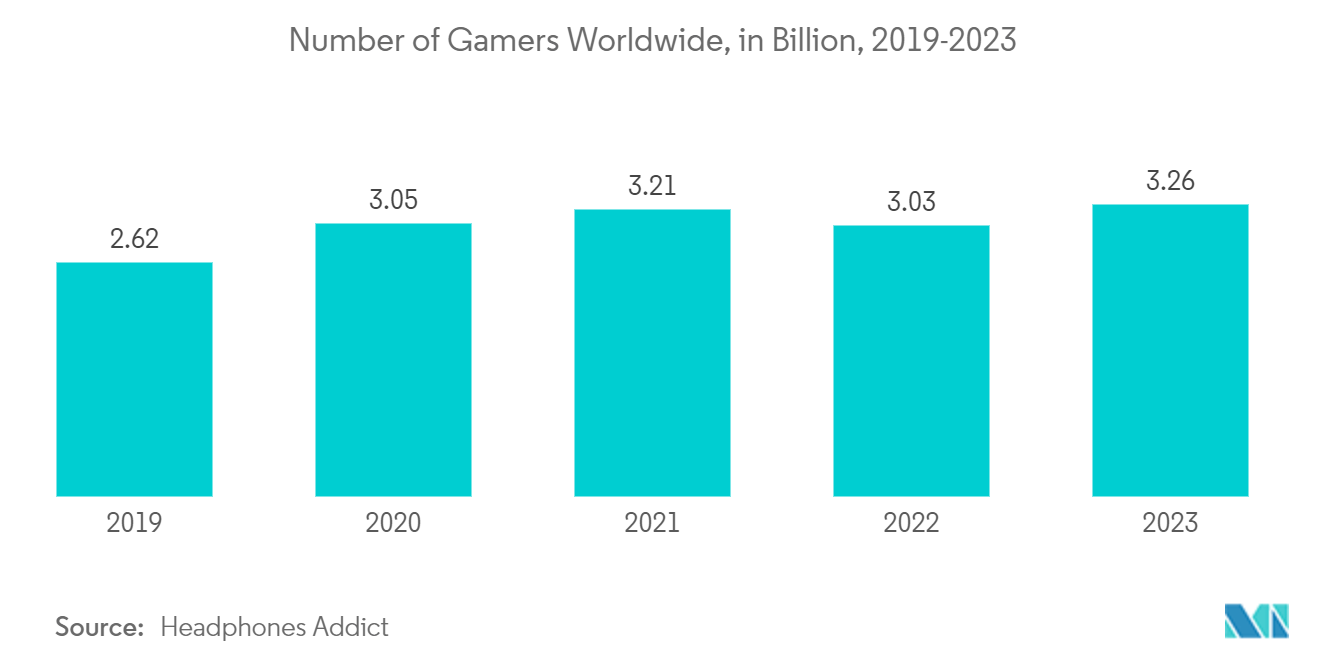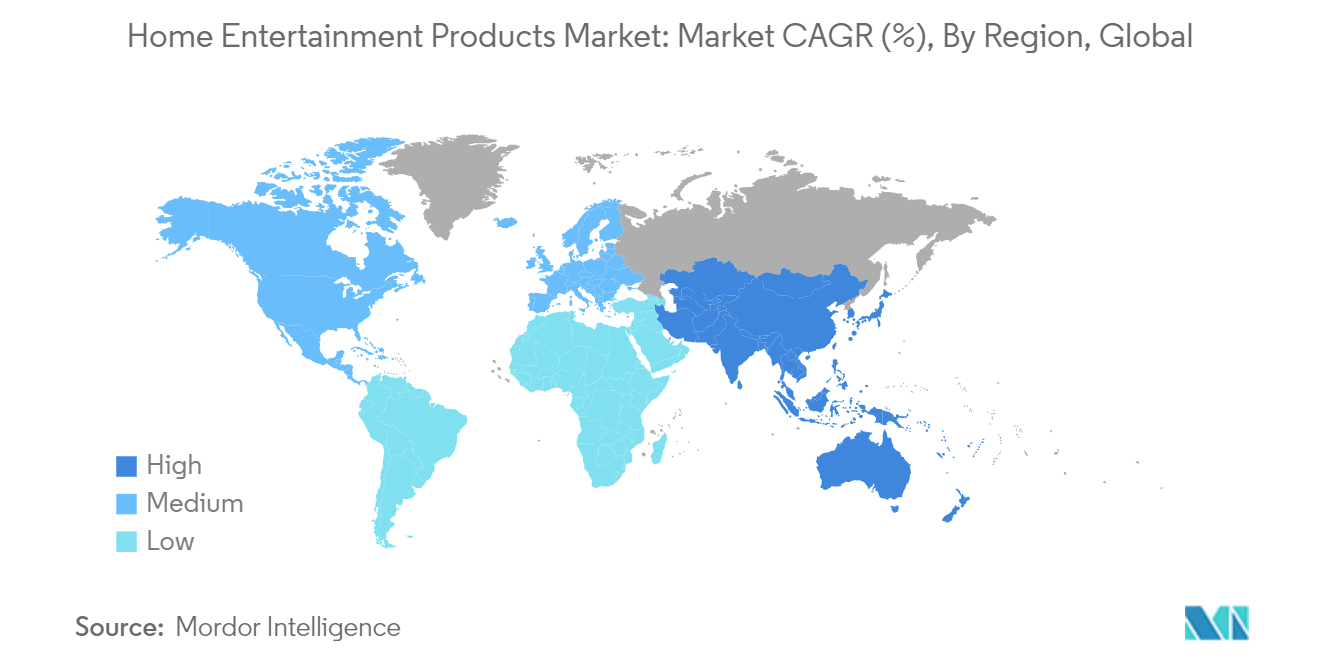Market Trends of Home Entertainment Product Industry
Gaming Consoles Gaining Popularity
- With a staggering 3.26 billion players globally, gaming has emerged as a cultural melting pot, transcending language barriers and fostering meaningful connections. This rich tapestry of diversity has piqued the interest of advertisers, positioning gaming as a prime arena for brands eager to engage with a varied and attentive audience. The gaming market's expansive reach and inclusive nature make it an attractive platform for advertisers looking to connect with a broad spectrum of consumers.
- According to Gamezop, games, unlike movies or TV shows, boast endless replayability. Players are continually drawn back, enticed by the promise of new discoveries with each session. The thrill of mastering skills and unlocking new levels provides entertainment and a profound sense of accomplishment. This unique engagement and enthusiastic word-of-mouth endorsements distinctly set gaming apart from other entertainment mediums. The dynamic and interactive nature of gaming ensures that players remain engaged over extended periods, creating a loyal and dedicated user base.
- Furthermore, the allure of gaming isn't confined to the industry alone. Companies outside the gaming realm, such as Tata Play, Snap, and Royal Challengers Bangalore, have begun to harness gaming's potential as a powerful engagement tool. By integrating gaming sections into their platforms, these non-gaming entities are strategically capitalizing on the booming demand for gaming in the home entertainment sector. This strategic move enhances user engagement and opens up new revenue streams, demonstrating the far-reaching impact of gaming beyond its traditional boundaries.

North America Expected to Have Significant Share in the Global Market
- With the extensive rollout of 5G across the United States and advancements in Wi-Fi technology, notably Wi-Fi 6, smart home devices are now connecting through faster and more robust networks. This evolution translates to enhanced access to cloud-based processing and data resources. Furthermore, 5G is transforming the delivery of IoT services, including smart home technologies, enabling devices to operate wirelessly and with minimal power consumption.
- Bank of America reports that consumer spending on services remains robust. In 2023, a notable uptick in "out-of-home" entertainment underscored this trend. Yet, projections for 2024 hint at a pivot, with consumers leaning towards "at-home" entertainment. The Bank of America Winter Spending Survey indicates a planned reduction in various "out-of-home" activities this year.
- This shift could bode well for music and video streaming services. Analyzing Bank of America's aggregated spending data, which encompasses debit and credit card transactions, automated clearing houses (ACH), and online bill payments, reveals a pronounced uptick in streaming expenditures throughout 2023. Recent surges can be attributed to crackdowns on password sharing and subsequent price hikes. Yet, it's noteworthy that the proportion of US households investing in streaming services has been on a consistent rise over the years.
- Consequently, there's been a marked increase in investments in audio and video devices aimed at elevating the home theater experience. Moreover, Voices.com highlights that a significant 81% of Americans integrate voice assistants into their daily routines. Among these users, Alexa leads with 56%, followed closely by Siri at 49% and Google Assistant at 42%. These insights underscore a promising trajectory for the growth of home entertainment products in North America.


